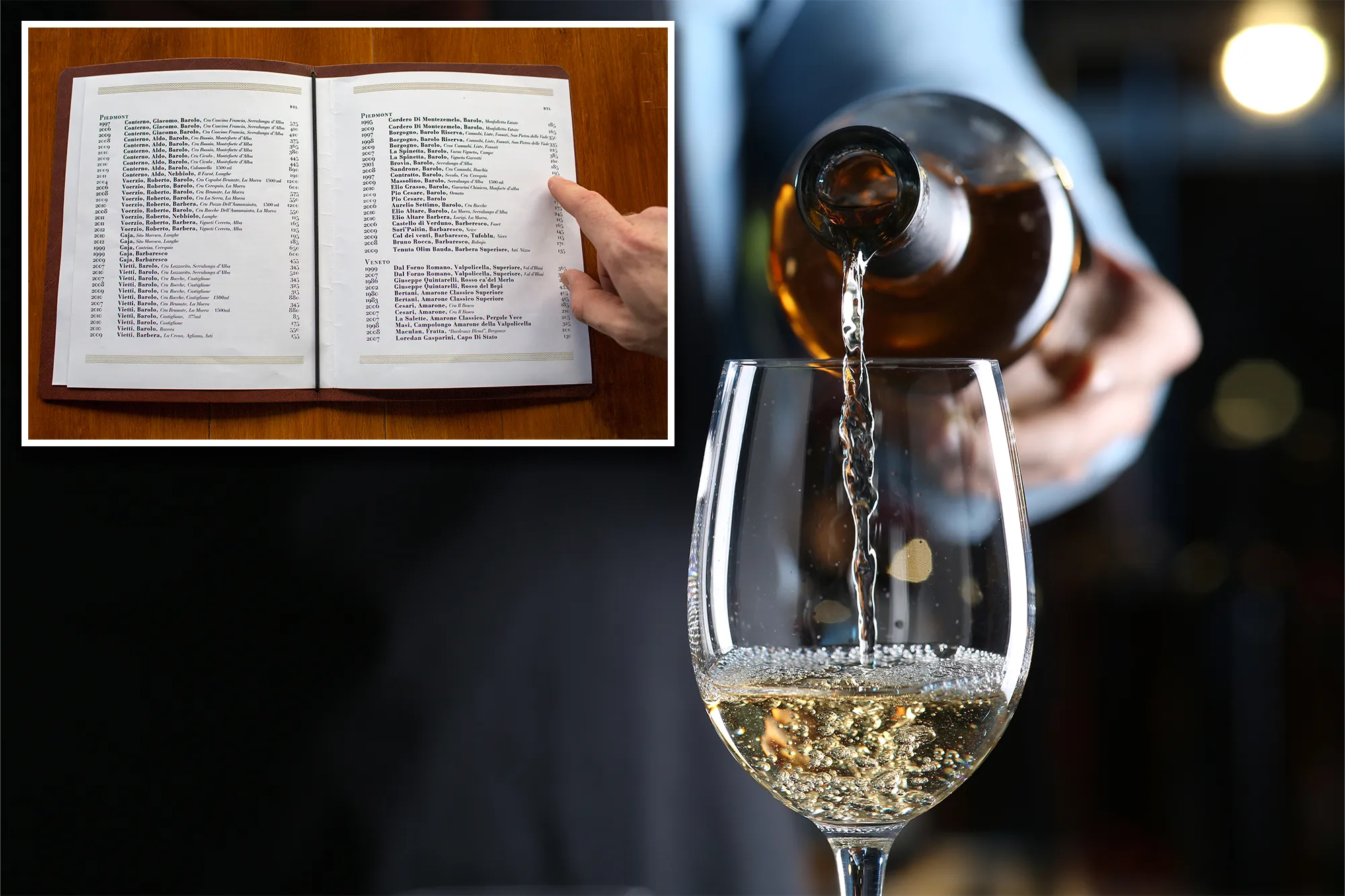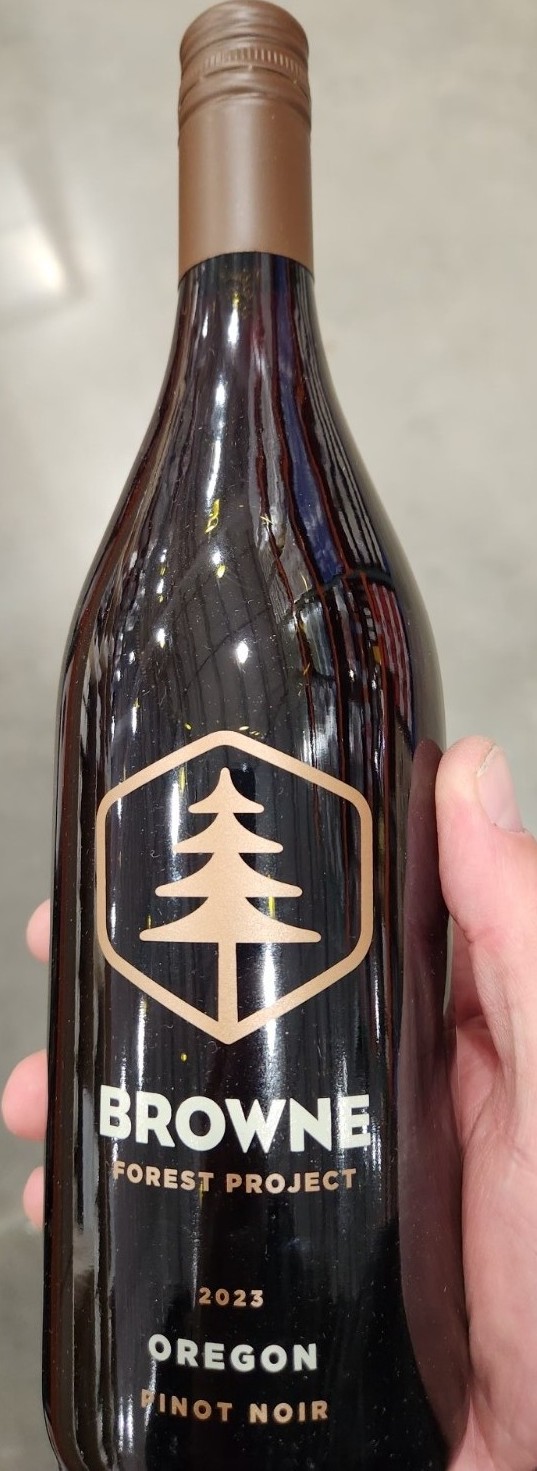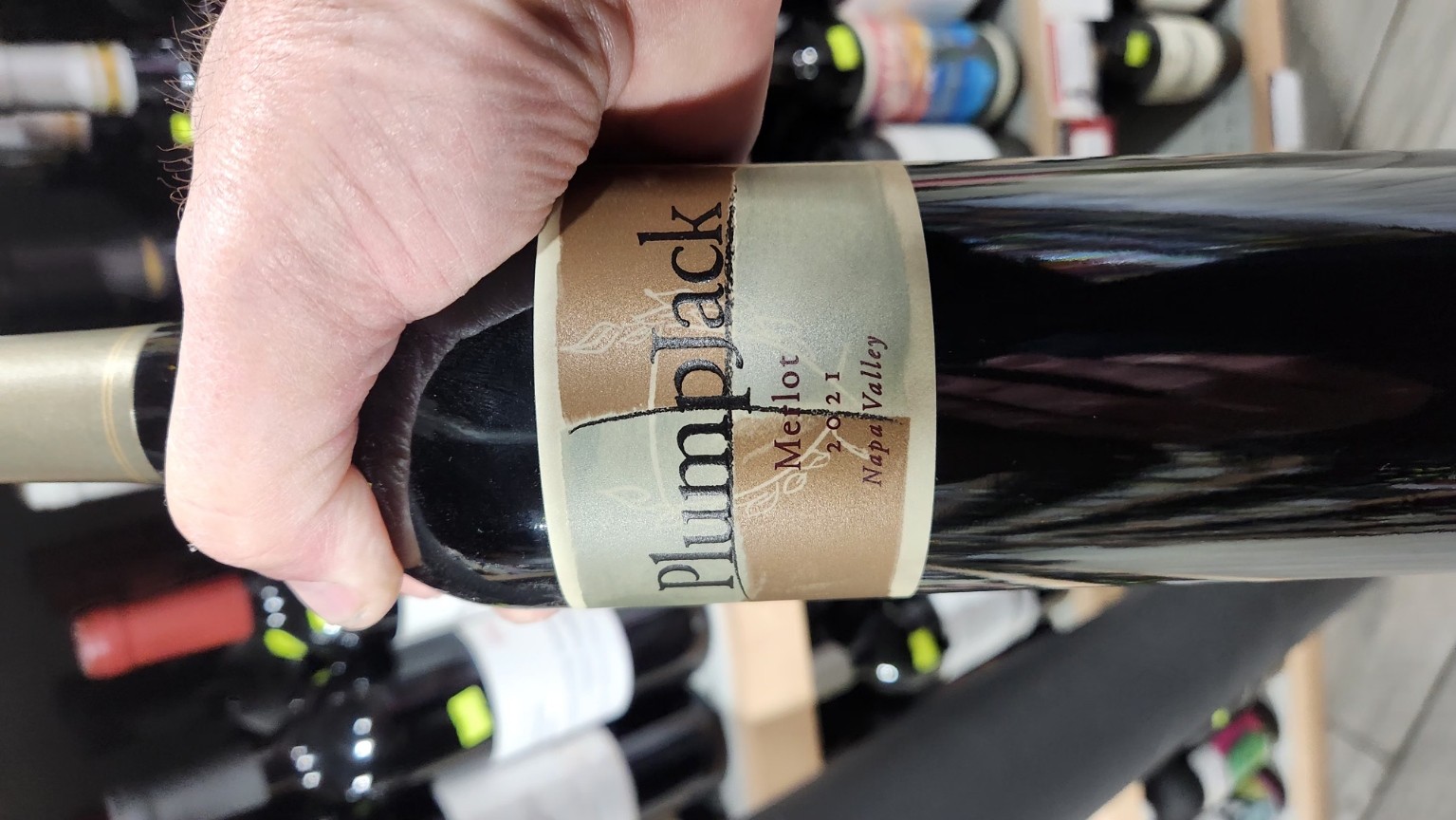I’ve been in this business long enough to see fads come and go — from oak-soaked Chardonnays in the ‘90s to the rise of rosé in cans. But this reset isn’t about packaging or price; it’s about purpose.
The old playbook — move cases, chase scores, slap a gold-foil label on it — just doesn’t work anymore. Consumers in their 30s and 40s, especially, are walking into stores and asking different questions. They’re not impressed by “Reserve” or “Limited Edition” stamped in cursive. They want to know who made it, how it was grown, and if the people behind the bottle actually care about what’s inside it.
It reminds me of rugby practice back in my playing days. You can’t just power through every tackle; sometimes you’ve got to read the field, find the gap, and adapt your play. That’s what’s happening in wine right now — less brute force, more finesse. The big guys are stuck in the scrum, while the nimble independents are breaking through the line.
According to the latest Silicon Valley Bank report, revenues are down around 3%. But that number doesn’t tell the whole story. What’s really happening is a repositioning — consumers are shifting from collecting wine like trophies to experiencing it like art. They’re choosing wines with stories, with meaning, with a heartbeat.
You see it in the glass, too. Heavy reds are losing momentum — that big, bold style that used to dominate Napa tasting rooms now feels a little dated. Meanwhile, crisp whites and lighter reds — wines that fit the tempo of modern life — are charging forward. Sauvignon Blanc, Albariño, even Michigan’s own cool-climate Rieslings are finding their stride.
And let’s talk about price for a second. People aren’t afraid to spend $25 on a bottle — they just want to know why it’s worth $25. That “why” is what separates the survivors from the casualties in this reset.
So here’s my takeaway: don’t buy wine like it’s a mall brand. Buy it like it’s a painting. Taste the backstory, not just the brix. When you find a winemaker who’s in it for the craft — someone who farms their own fruit, who tells you the weather that shaped their vintage — that’s worth every penny.
I’m seeing it firsthand in Michigan. Small producers who used to get overlooked are suddenly getting attention because they’re telling real stories — not just pouring samples. They’re inviting people into their process, their land, their philosophy. That’s what connects now.
When the whistle blows on this market reset, it’s not going to be the biggest wineries that come out ahead. It’ll be the most genuine. The ones that adapt, stay agile, and remember that wine is still about connection — not collection.










